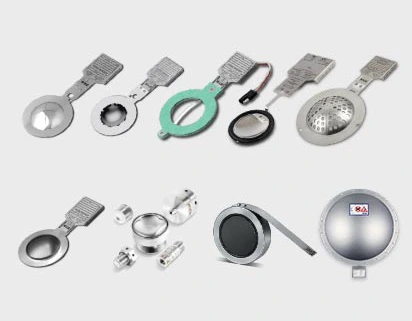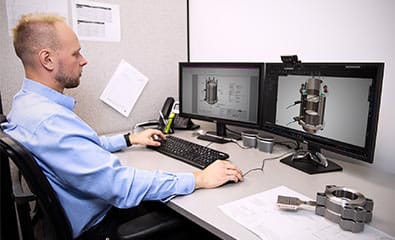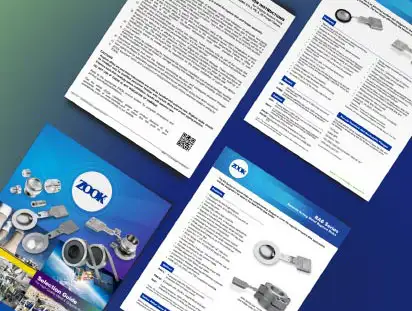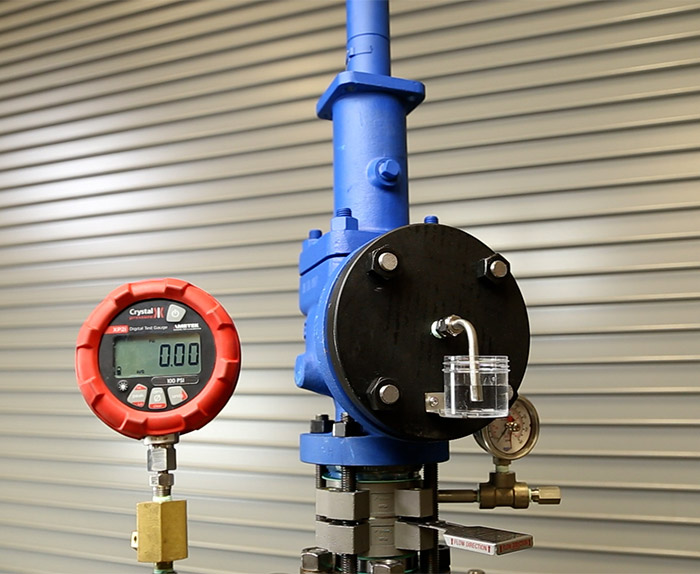In manufacturing, preventing system overpressure is crucial for equipment longevity, personnel safety, and compliance. Rupture disks and pressure relief valves (PRVs) are the first line of defense, but they face threats like product build-up, corrosion, and leakage.
To safeguard PRVs, consider incorporating a metal rupture disk. This addition shields against potential risks, ensuring PRVs stay effective and cost-efficient.
Advantages of Combining Rupture Disks with PRVs:
Corrosion Protection:
A rupture disk shields the valve from corrosive media, prolonging its lifespan
Cost Savings:
High alloy rupture disks are more cost-effective and reduce the need for expensive valve materials. This leads to reduced maintenance costs, less downtime for testing or overhaul, longer PRV lifespan, and lower capital costs for the valve.
In Situ Testing:
Pairing a reverse acting rupture disk with a safety valve enables on-site testing without the need for valve removal. In contrast, some companies still necessitate off-site testing and servicing, involving costly downtime. The investment in a rupture disk pales in comparison to the potential production loss incurred by safety valve removal and reassembly.
Leak Prevention:
A rupture disk acts as a barrier, preventing process leakage and fugitive emissions. This is particularly important due to stricter global environmental restrictions, concerns over toxic process media, and the desire to prevent loss of valuable products.
Elimination of Fugitive Emissions:
Pairing rupture disks with PRVs reduces environmental impact and associated costs. Fugitive emissions, the unintended release of gases or vapors from pressurized equipment, contribute to air pollution, climate change, and potential hazards.
This combination offers comprehensive protection, aligning with industry standards.








